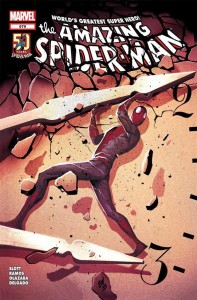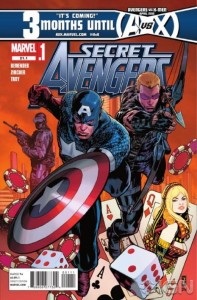 EDITOR’S NOTE: Crisis On Infinite Midlives is proud to provide you with one final review from last week’s books before the comic store opens up with the new books. You, however, will have to provide your own shitty Thin Lizzy joke.
EDITOR’S NOTE: Crisis On Infinite Midlives is proud to provide you with one final review from last week’s books before the comic store opens up with the new books. You, however, will have to provide your own shitty Thin Lizzy joke.
If you’ve been reading Garth Ennis’s The Boys for a while, this is the stuff you’ve been waiting for almost since the book started at Wildstorm Comics back in 2006. If you haven’t been reading it, well, you’re kinda screwed. There aren’t enough pixels on this page to bring you up to speed on what the hell is going on, so yeah: you’re boned. If it helps, there are at least two dismemberments and three decapitations. Superhero comics, everybody!
The Boys is almost a prototypical comic written for the trade. Comprised almost exclusively of six-issue, reprint-friendly arcs, it is truly a long form novel in comic form… to the point where when I almost have to recommend that you don’t buy the individual issues – and I’m a fan. I initially bought in when the book was announced, and as an old Preacher fan, I told my local comic store owner, who knows me by name and asks me to remember that the Voice Of God usually smells less of garlic and bourbon, to add it to my pulls as soon as issue one was solicited.
And I didn’t like it. The build was slow, the plot was talky, and it seemed like to took forever for it to get going. In retrospect, for me the best thing that could have happened to this book was its cancellation by Wildstorm after the sixth issue, apparently over the miniscule and ridiculous concern that the Homelander, the Superman analogue of The Boys, orally raped a superheroine with a couple of his buddies. Superhero comics, everybody!









 Podcast RSS Feed
Podcast RSS Feed iTunes
iTunes Google Play
Google Play Stitcher
Stitcher TuneIn Radio
TuneIn Radio Android
Android Miro Media Player
Miro Media Player Comics Podcast Network
Comics Podcast Network